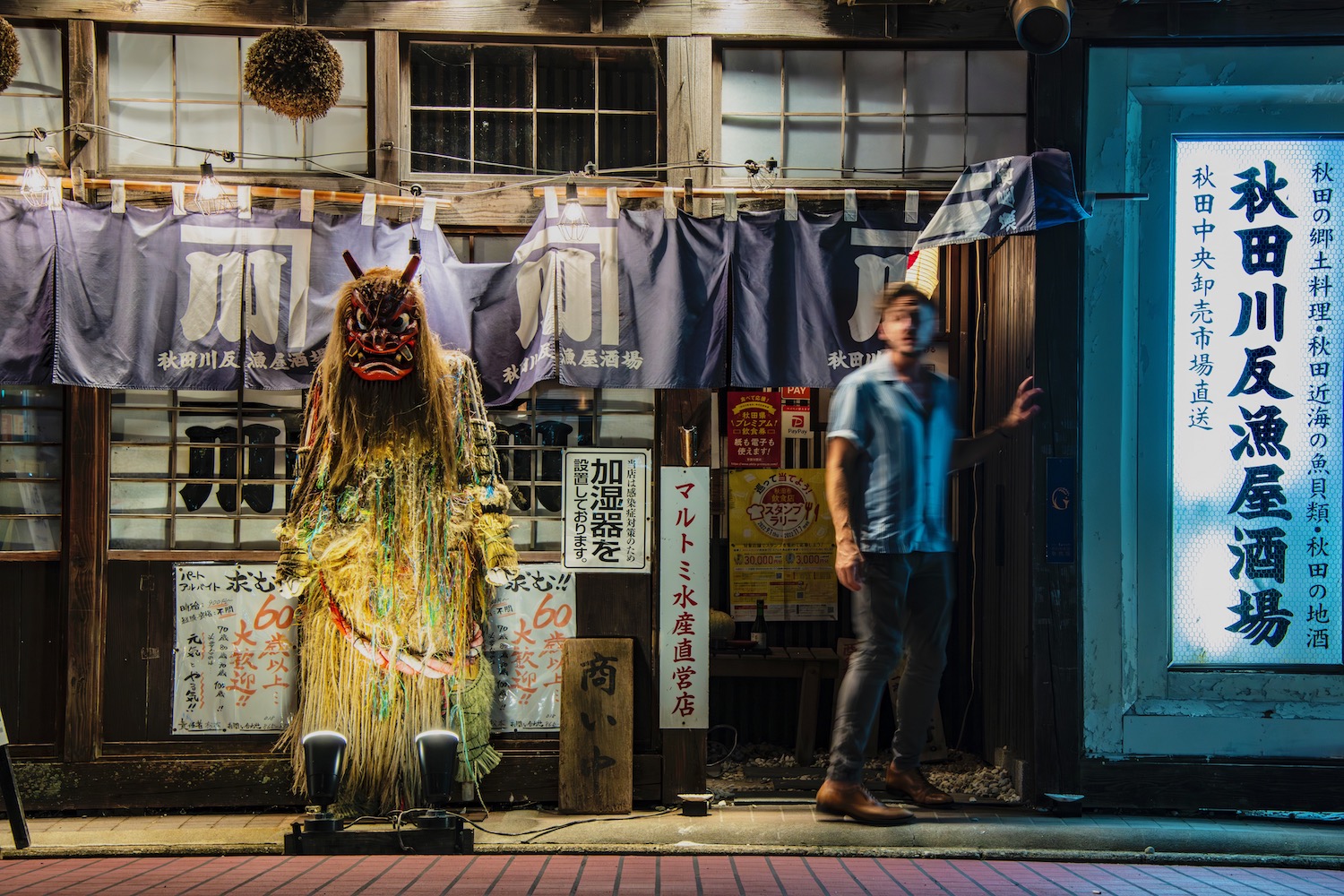First impressions aren’t everything, but they’re hard to overcome. My first impression of Akita—they city this is; I’ve previously visited Akita prefecture on several occasions—was not fantastic.
Actually, that’s not fair—I did like some things about Akita. The problem is that for every positive, there seemed to be a corresponding negative. Willows line many of the city’s streets and waterways, but their weeping leaves don’t really frame anything, unless viewed (and, in my case, photographed) from a particular angle.
Tantanmen, the Japanese version of my favorite Chinese noodle dish, is said to have its Japanese home here. Unfortunately, not many places seem to serve it; the one that did turned me away in spite of having several empty tables.
“Dekimasen,” the hostess said with urgency, but not sincerity. She didn’t ask me to wait or offer me a to-go order. She just told me to leave. “Gomen nasai.”
Then there was local branch of Daiwa Roynet, which is one of my favorite Japanese business hotel brands. Well, except for this particular property. It smelled of old smoke, which is to say smoke-removing chemicals and the decades of smoky odor they nonetheless left behind.
With velvet curtains, textured wallpaper and vending machines that don’t yet accept IC cards, it’s clear the company hasn’t set aside the proper renovation budget for a location in such a state.
I wasn’t sold on Akita by the time my first couple of hours in the city had passed; I also wasn’t especially discouraged.
The most important thing you can do today is stay awake until at least 9 PM, I reminded myself, disappointed for not having beaten jet lag even after nearly five days back in Japan. Everything else is window dressing.
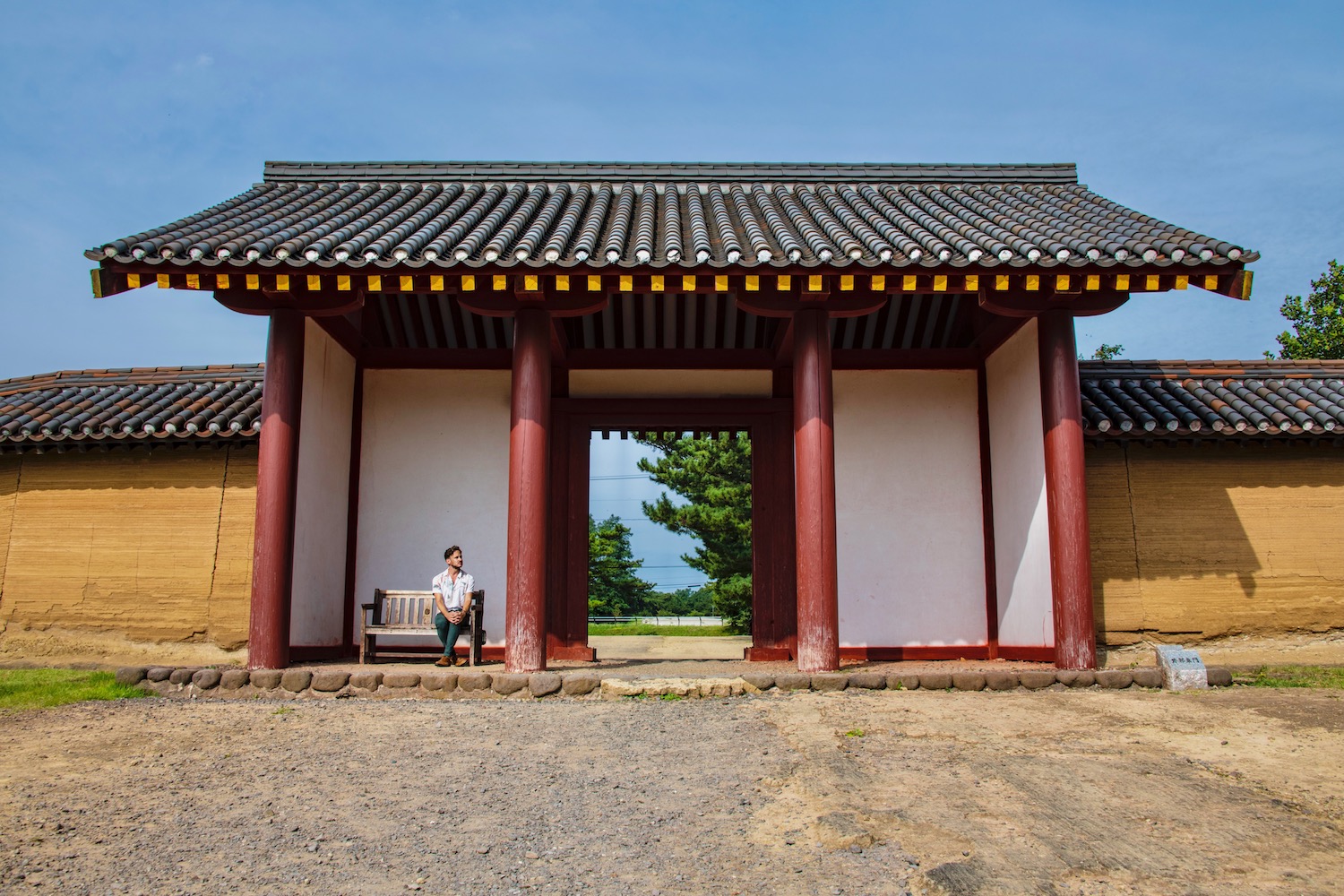
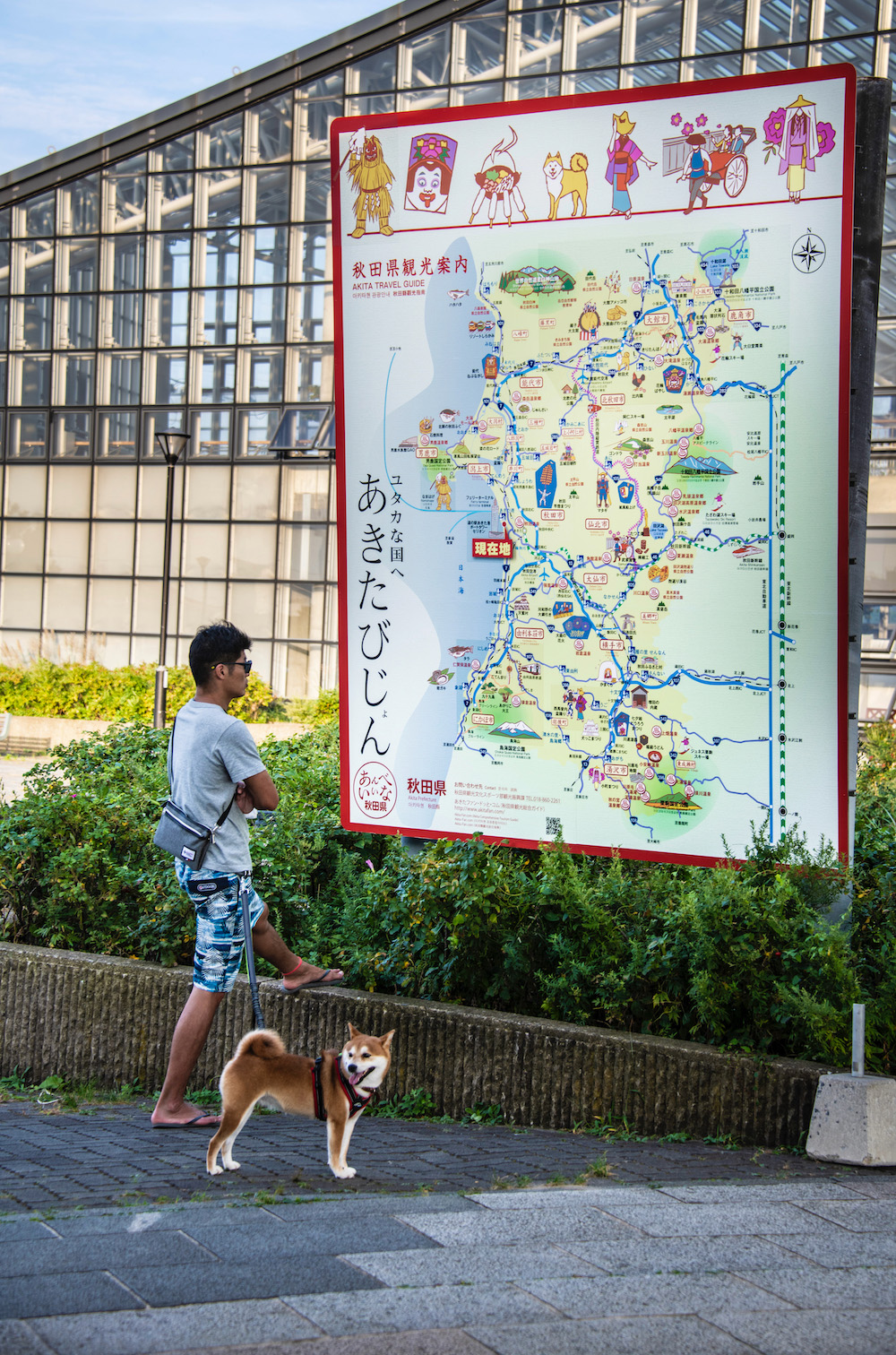
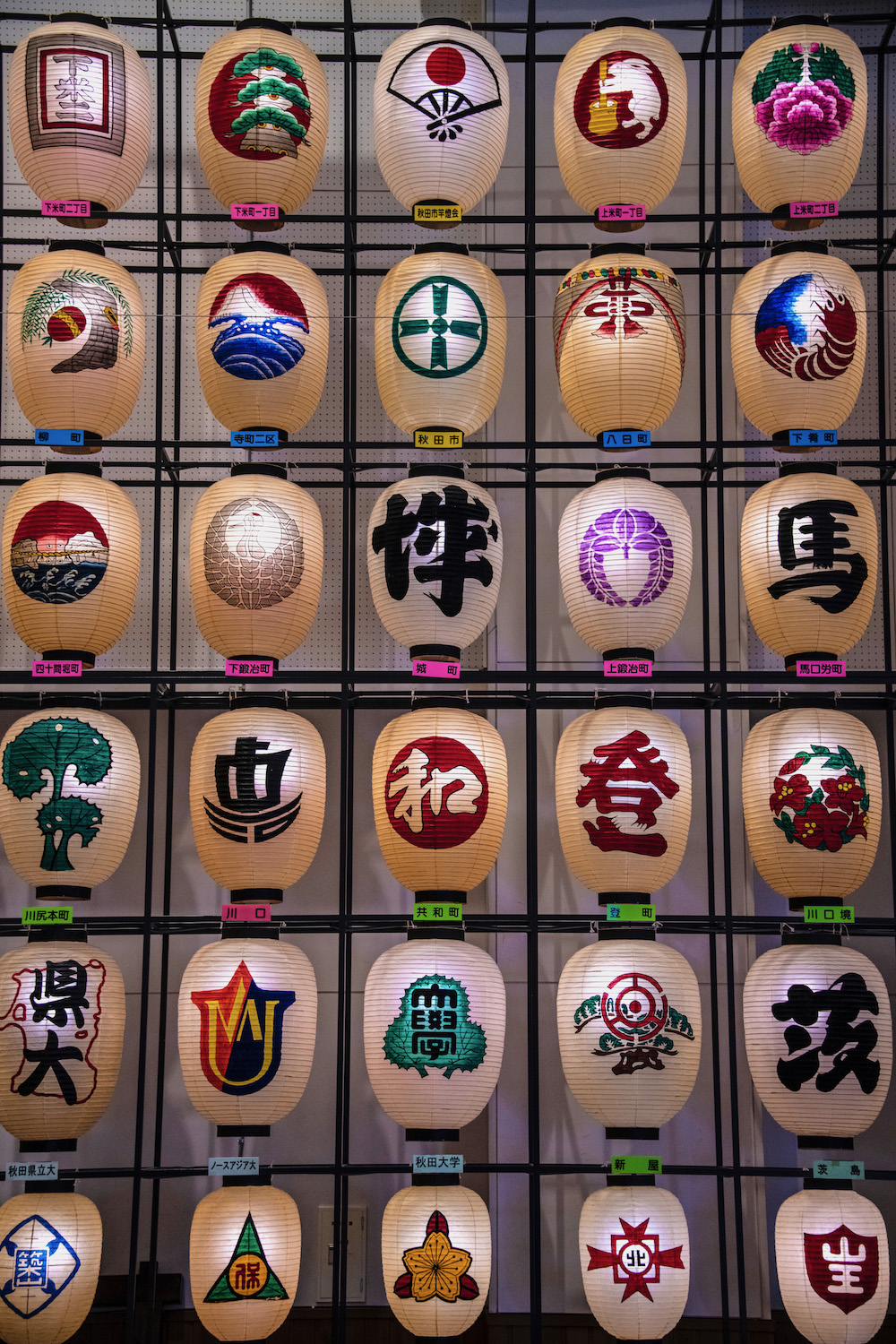
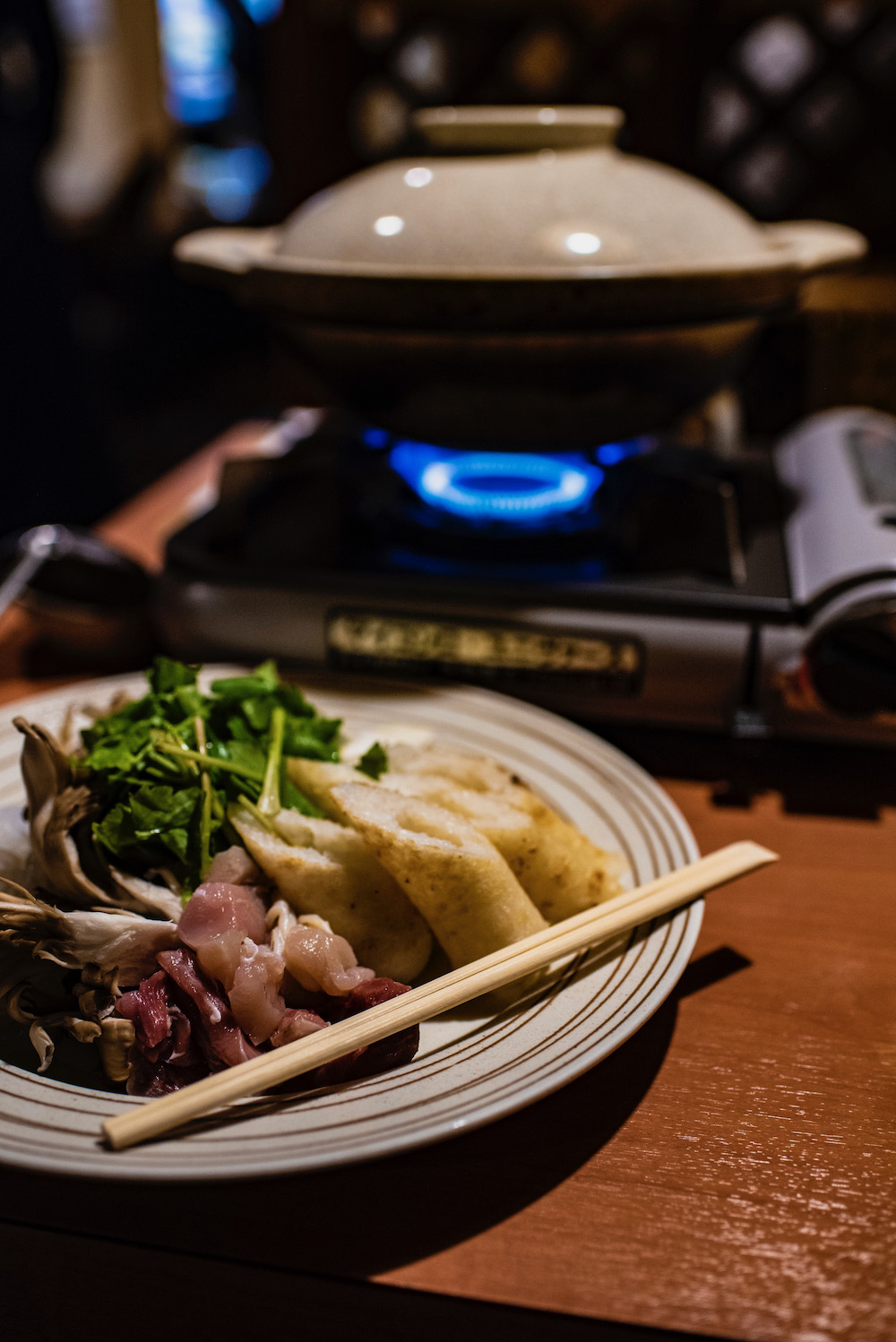
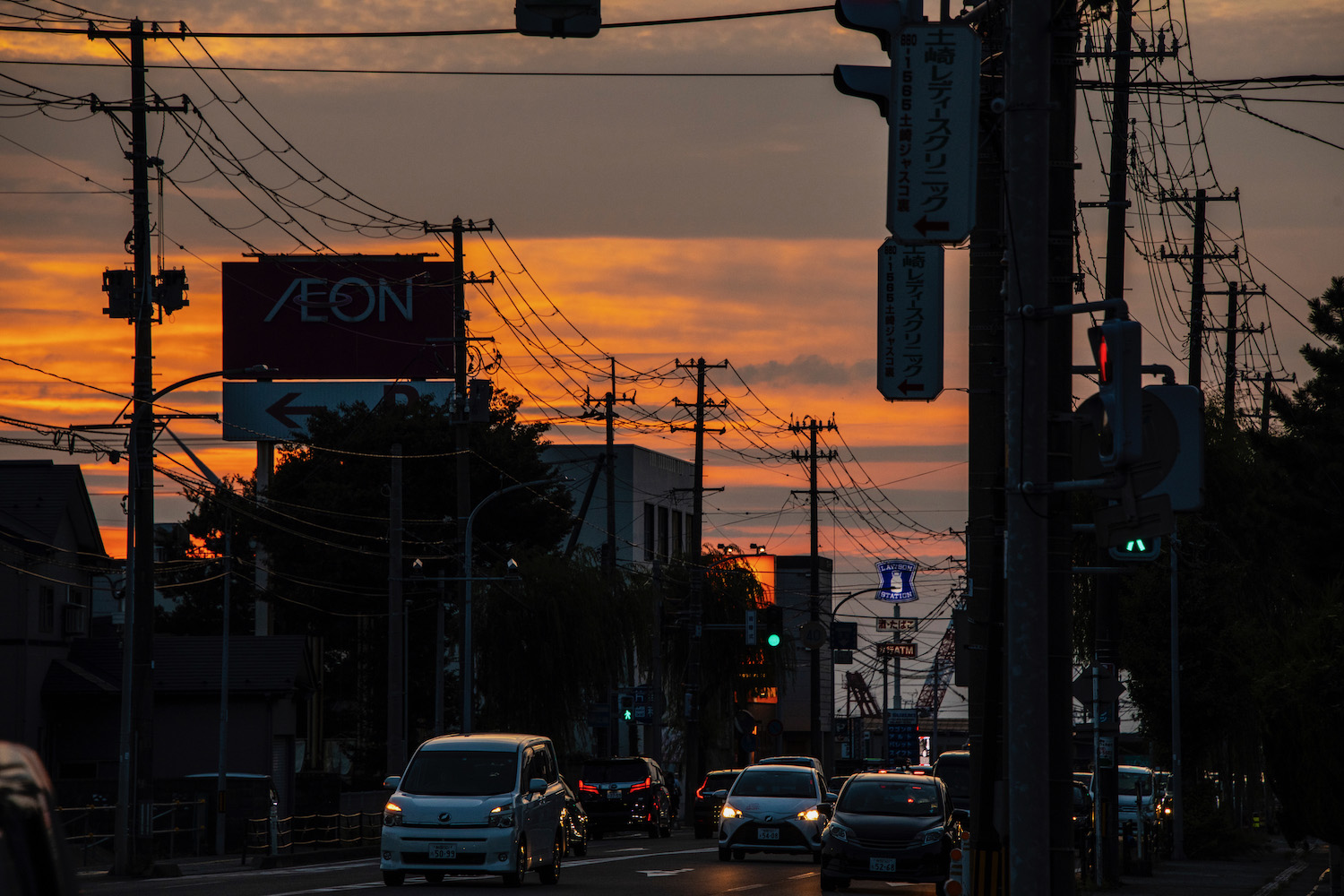
The first time I saw a poster depicting Akita’s so-called bijin, I couldn’t believe my eyes. Featuring six seemingly random women arranged as if they were members of an idol group, it would’ve been considered objectifying in any Western country. In Akita, however, it’s integral: The beauty of the prefecture’s women is one of its main claims to fame.
The irony of this, at least in the early 2020s, is that virtually every female face in Akita is covered by a mask. Which is fine: I managed to see several sexy male bodies, exposed due to the brutal end-of-summer heat, as I scrambled around town trying to find a replacement lunch for the tantanmen I didn’t get to eat.
I ended up settling on ramen (which if you’ll know me, you know is strange—I’m the only foreigner in the world who doesn’t really care for the stuff) and ducked into a place not far from the train station.
“Karai dai joubu desu ka?” The young woman, whom I presume is beautiful behind her mask, asked me when I presented her with a vending machine ticket for the shop’s spiciest ramen.
Having long before removed my own mask, I smiled. “Dai joubu desu. Karai ra-men ga dai suki desu ne!” Her partner, who I assume was also her husband but wasn’t wearing a mask, came down the stairs to prepare my lunch—definitely a bijin.
As I devoured my noodles, which were thankfully dry—and, since I’m in Japan, not even remotely spicy by my standards—I mentally laid out the rest of my day. After making a stop at the cultural center where floats from the annual Kanto Matsuri were on display, I’d head back to my hotel and freshen up, before exploring Akita’s central Senshu Park.
I’d then ride a bus to the ruins of Akita Castle and walk to Akita Port Tower, enjoying a panorama of the city before bussing it back to the Daiwa Roynet and having dinner—ideally kiritanpo, although I wasn’t getting my hopes up thanks to my experience at lunch—along the nearby Kawabata restaurant and nightlife street.
I noticed the first sign of trouble when, after climbing up a steep gradient into Senshu Park, what awaited me at the top was…not commensurate with the work I’d put in to reach it.
A sad pond with a malfunctioning water feature lay there unwatched (apart from my own gaze); a seemingly broken down utility truck was parked right in front of the park’s central reconstructed castle gate. The tenshu of Kubota Castle (also a reconstruction) was relatively impressive, apart from the fact that the park’s substantial tree cover all but blocked views of it.
Never mind, I thought to myself. There’s another castle on today’s itinerary.
But was there? Although there hadn’t precisely been a claim to the contrary (the hint—“ruins”—was in the name), the remnants of Akita Castle consisted of a bare foundation bounded by a pair of gates which, while beautiful and architecturally unique, just didn’t hit the same knowing they contained nothing within them.
If I’m honest, I felt more of a payoff, from a traveler’s perspective, walking through suburban neighborhoods to Akita Port Tower, itself a modern marvel that stood in start contrast to the quaint, quasi-anonymous homes and businesses built up around its base.
As the elevator within the tower (one of Japan’s only free observation decks) rapidly ascended to its 100 meter precipice, it dawned on me just how far away Akita’s city center was.
Descending down the elevator and exiting the tower, I noticed another bijin poster, and thought about a mantra I used to have when cleaning my house. “If it’s not beautiful or useful,” I used to tell myself, “it goes in the garbage.”
Waiting for the bus back to the city, the sun began to see behind the main road connecting the port area to the train station. As the sky began to glow orange, a neon Lawson sign lit up for the evening and a wind turbine spun behind a darkened Aeon sign. Akita, like so many other cities and towns I’ve visited, managed to be iconic of Japan even as it was utterly indiscernible from other Japanese cities.
Back in town, walking southward down Kawabata-dori past Izakaya, karaoke bars (including a “karaoke bowling” joint—that sounds fun) and cigarette-perfumed old men on the hunt for young bijin, I braced for the worst. The first spot I’d picked to enjoy kiritanpo, a hearty soup that to be fair was probably better enjoyed in winter anyway, would come up with some excuse not to serve me.
The thing is, they didn’t.
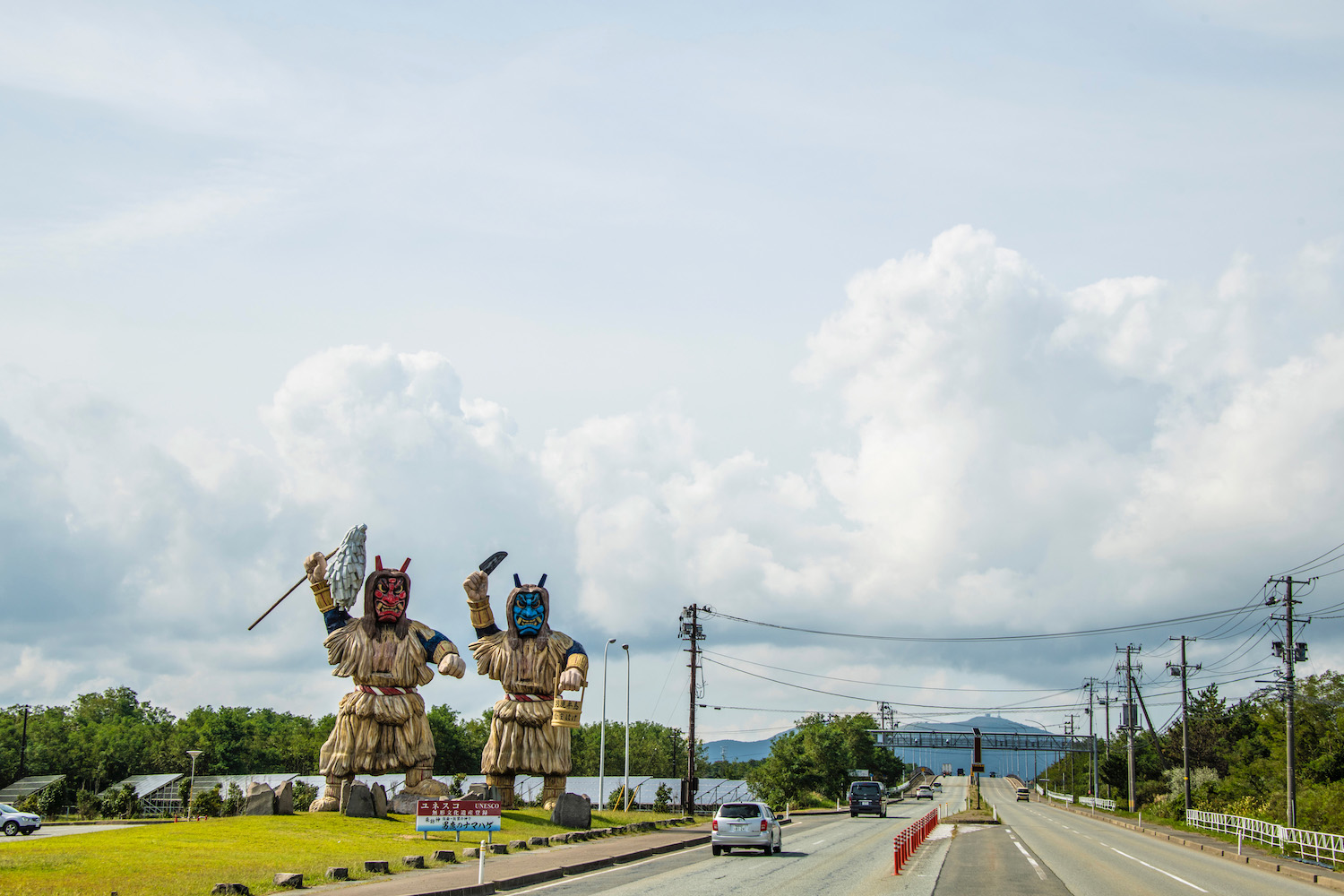
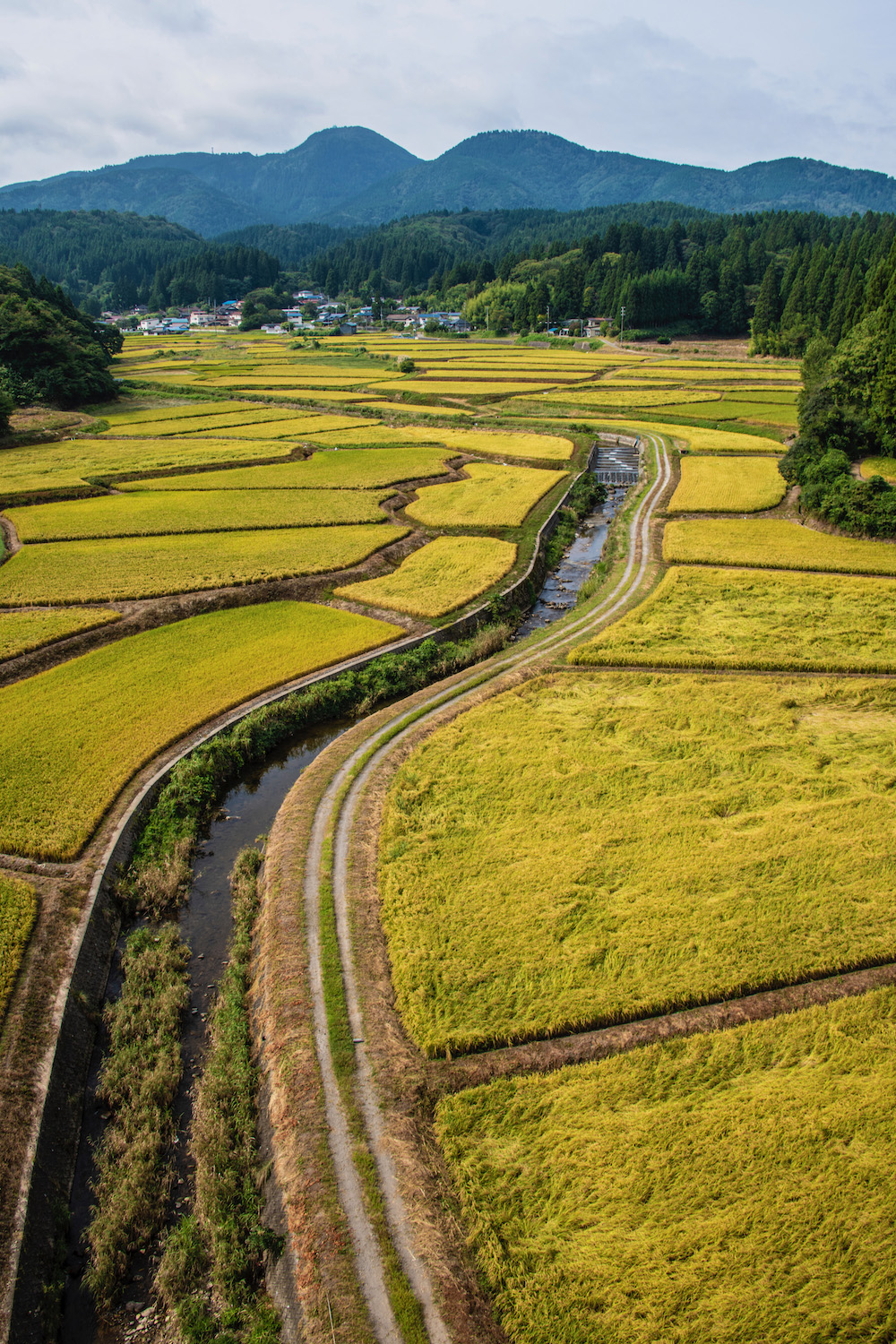
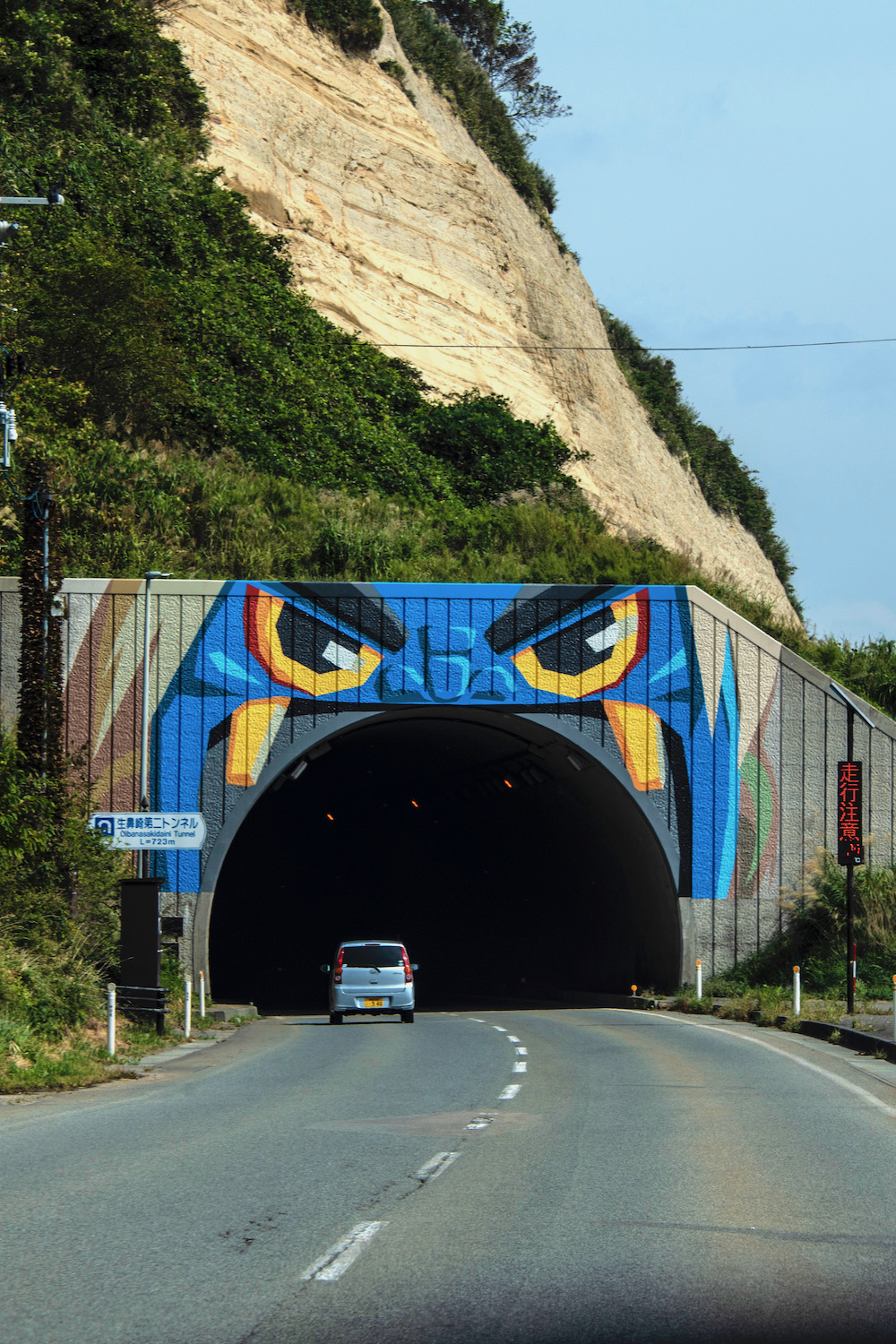
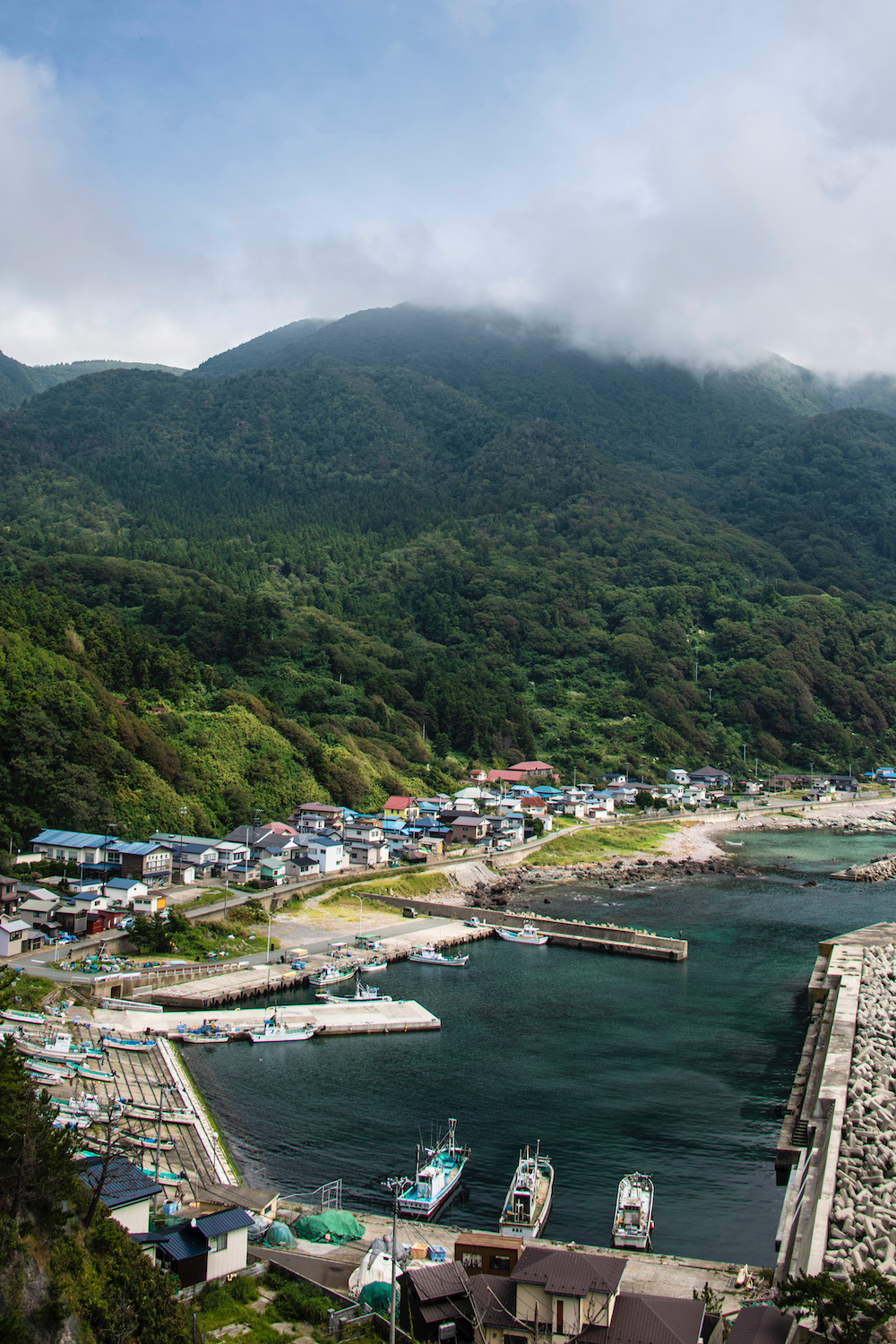
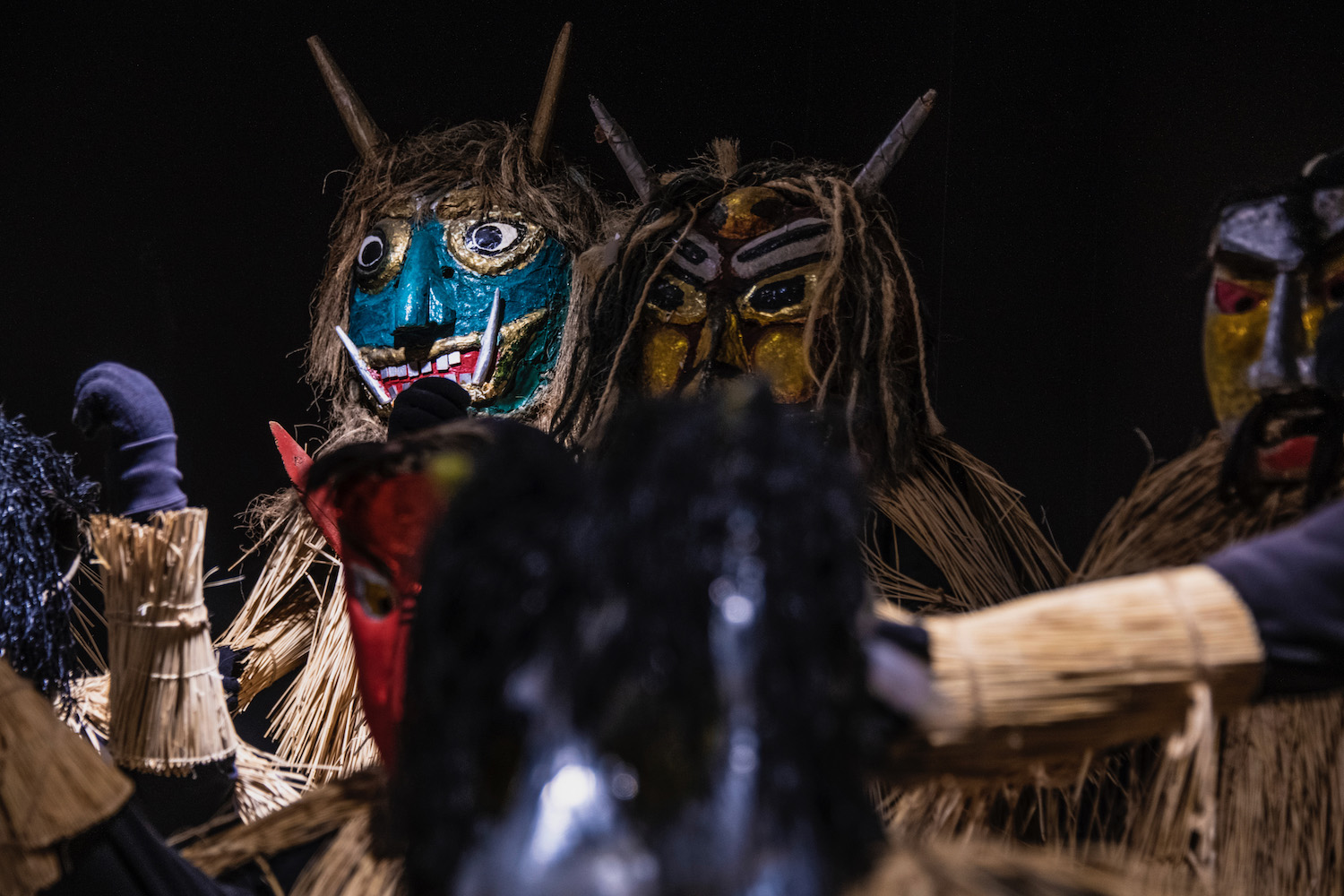
“You are just in time for the performance,” the ticket seller at the Namahage Museum on Akita’s Oga peninsula said to me, in English, when I walked inside at five minutes to 10 AM. “Please follow me to the hall.”
He led me along a short, forested path to a traditional-looking Japanese building where, not surprisingly, I had to remove my shoes. He then escorted me to a zone just behind the tatami where most audience members would be sitting. “This is a special area for photography,” he explained, before disappearing. “But please, no flash.”
Namahage, which are the monstrous-looking creatures whose likenesses appear all throughout Akita, are said to have lived in the thick forests that cover the Oga-hantou for around 2,000 years. During that time, they’ve emerged for one reason only: To frighten badly-behaved children into shaping up.
While I appreciated that the “performance” allowed me to see in action the costumes I’d only previously viewed in their inanimate state, the lack of children—the average audience member age was at least 60—meant that its impact was muted. Which was fine: The museum was home to a huge display of Namahage masks, which I honestly found more captivating.
Near the end of the show, one of the performers ran back to where I’d been taking pictures and shouted something imperceptible my way, to which I reflexively responded “Hai!” I guess it was what he wanted because he did an about-face and scurried away, with a gait so wide he could’ve made it deep into the forest if he’d kept it up.
After leaving the museum, I drove counter-clockwise around the coast of the peninsula, which if I’m honest was beautiful but not remarkable. Well, apart from the Kamo Fishing Village, where a goofy melody played to mark the passing of the hour just as I arrived at the viewpoint to photograph it.
Rounding the southwestern corner, I smiled when I noticed the fact the next town had chosen to use a billboard to spotlight. “Northernmost habitat of native Camelia,” it proclaimed, above trees I assumed would be awash with pink-red flowers by the end of the year.
Exiting Oga city and getting back on the main Akita Expressway, I stopped at the “Welcome Center,” whose building-height Namahage statues I’d declined to photograph on my drive in. There, a young couple—maybe not even 20—were doing their best to take a selfie with what appeared to be a disposal camera. Both were unmasked.
“Shashin ga toremasu ka?” The boy asked me, as his girlfriend remained in her pose in front of the camera. Her smile was big but clenched, as if she wasn’t sure whether or not I would say yes.
“Mochiron!” I exclaimed and grabbed their camera. In my excitement, unfortunately, I snapped several pictures as if I’d been using a digital—I hope they were good.
Not that the couple were fazed. They grabbed the camera back from me and got onto their bikes, which then rode toward the direction from which I’d just come, all smiles all the way. I had no idea whether they were residents of the Oga peninsula, but I can bet based on their politeness that the Namahage wouldn’t have had to waste any time on them.

A funny thing happened on my way from Oga to Odate, which I decided to add to my itinerary in order to make a stop at the Akita Dog Visitor Center.
I felt completely unbothered by the slow pace of Japanese traffic (which is a big part of the reason I usually recommend against renting a car in Japan, when readers ask me about it) and felt unmoored from the breakneck current that usually flows under all my travels through Japan.
It could’ve been that, having powered through my sightseeing in the city center and then had a satisfying morning in Oga, I felt like anything I saw in Odate would just be icing on the cake. I didn’t expect much, to be sure, apart from being able to buy a shiba inu plush for the son of my friend I’ll be seeing in Kyoto on Sunday. Certainly, the edamame soft cream was a welcome bonus.
It could’ve been that my brief encounter with the Namahage had scared out of me whatever frustration and resentment had bubbled under my consciousness as I explored Akita-proper yesterday, and the anxiety it had created along with it.
Or maybe it was simpler. Maybe, after finally seeing everything I’d planned out for myself and considering it as a whole, Akita more than lived up to my expectations. First impressions aren’t everything—sometimes, they’re nothing at all.
Other FAQ About Visiting Akita
How many days do you need in Akita?
Akita is a huge prefecture, and is replete with attractions and activities, even if you don’t come in winter to ski. Although you can see most of the city center within a single day, you need at least a day each to explore the following peripheral destinations: The Kakunodate Samurai village; Oga peninsula; Nyuto Onsen and Lake Tazawa. So I’d say a minimum of 2-3 days in Akita, and ideally a few more.
Is Akita worth visiting?
Akita isn’t one of Japan’s most famous prefectures, but it punches above its weight. While I wouldn’t necessarily recommend carving out huge portions of your existing Japan itinerary to accommodate it, it’s an interesting part of Japan to visit if you have the time.
How do you get to Akita?
Akita is connected to Tokyo via the Akita Shinkansen, and to both Tokyo-Haneda and Osaka-Itami via several daily flights. Unless you’re coming to Akita from elsewhere in the Tohoku region, it’s best to use one of these two methods to access the city.



